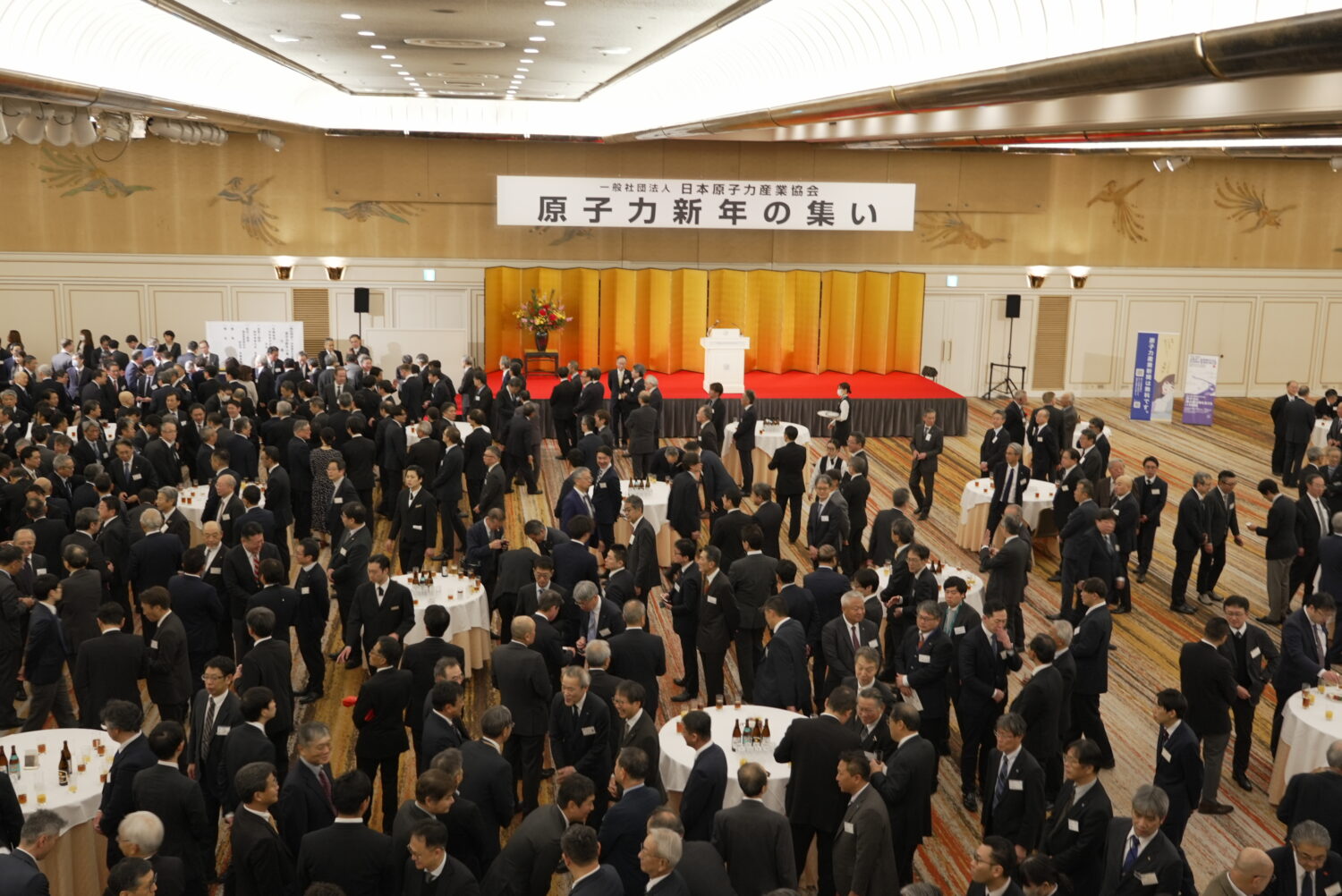The working group, chaired by YAMAGUCHI Akira, director of the Nuclear Safety Research Association (NSRA), has been deliberating since last autumn based on the discussions of the Working Group on Advanced Reactors, part of the Agency for Natural Resources and Energy (ANRE), under the Ministry of Economy, Trade and Industry (METI).
The MEXT group proposal includes the following:
・Fast reactors
To be consistent with development of future demonstration reactors, the proposal points out that the government’s strategic roadmap must clearly position a concrete plan for the development of base infrastructure for commercialization and advancement.
・High-temperature gas-cooled reactors
In the context of research being conducted to demonstrate possibilities for thermal use, the proposal points out the necessity to consider needs and contributions to energy and industrial systems.
Regarding fast reactors, the proposal incorporated the vision of the Japan Atomic Energy Agency (JAEA) for nuclear innovation research, primarily on new fast neutron irradiation reactors. The vision embraces the following four aims, based on the concept of a new experimental facility to demonstrate new abilities corresponding to societal needs that can be realized at a fast reactor:
- Reducing the volumes and toxicity of radioactive waste
- Complementary operation with renewable energies (small fast reactors to be commercialized and used as adjustment power sources to complement renewable energies)
- Contributing to the enhancement of people’s welfare (stable supplies of medical radioisotopes under a two-reactor system using the experimental fast reactor Joyo)
- Establishing fast reactor technology.
According to JAEA’s development plan, the basic specifications for a new fast neutron irradiation reactor are having a thermal output of 100MW, loading the uranium-plutonium mixed oxide (MOX) fuel, and maintaining passive reactor shutdown functions (safety technology). By using demonstration data from the experimental fast reactor Joyo, which will be restarted soon, and the development of a facility to produce new fuel assemblies, the new fast neutron irradiation reactor is expected to start operation in the mid-2030s.
At the same time, it is requested that the construction and operation of reactors advance as soon as possible, given the challenges of maintaining and continuing technical skills in the areas of design, construction, and operation, maintaining human resources, and reestablishing supply chains. All of those will contribute to the future establishment of fast reactor technology and infrastructure.











-013.jpg)

-049.jpg)
.jpg)







